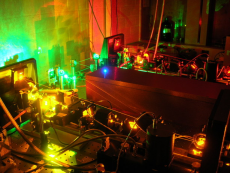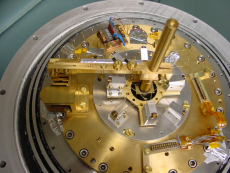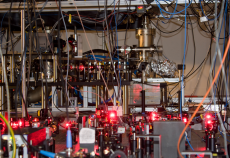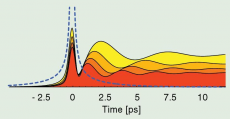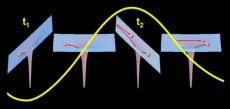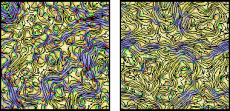CQD Special Seminar
26. May 2017 11:15
Seminarraum 1.403, Kirchhoff-Institut für Physik, INF 227EPR Studies of Molecular Lanthanide Spin Qubits
Professor Dr. Stephen Hill
Professor of Physics at Florida State University and Director of the NHMFL EMR Program
Interdisciplinary research into the utility of magnetic molecules for quantum computing applications represents one of the frontiers of materials science. This lecture will describe recent results of continuous-wave (cw) and pulsed EPR studies on related families of lanthanide containing molecules that have attracted tremendous interest as potential hybrid electron-nuclear spin qubits. A molecular approach is attractive because it enables systematic control of the quantum states of the lanthanide (the qubit) via molecular geometry, and allows functionalization of the molecule in order to engineer interactions between qubits.
The first example involves a HoIII (4f 10) ion encapsulated within a (W5O18)2 cage. The Ho ion experiences a significant magnetic anisotropy due to crystal-field splitting of the spin-orbit coupled total angular momentum (J = L + S = 8) ground state, resulting in a pair of low-lying mJ = ±4 singlets that are further split by a strong hyperfine interaction with the I = 7/2 nuclear spin [1]. A small departure from a square antiprismatic (D4d symmetry) coordination geometry results in a Zeeman diagram (with B parallel to the molecular symmetry axis) with multiple avoided crossings between the 16 [(2I + 1) x 2] lowest-lying electron-nuclear sub-levels. Right at these avoided crossings, the EPR transition frequencies are insensitive to dipolar field fluctuations associated with the surrounding electron/nuclear spin bath, which represent the main source of decoherence. These so-called ‘atomic clock transitions’ (named after the principle which gives atomic clocks their exceptional phase stability) give rise to long coherence (T2) times [2]. Formally forbidden ΔmI= ±1 hybrid electron/nuclear clock transitions are also observed upon application of a transverse field.
The second example involves a bis-phthalocyanine radical coupled to a TbIII ion, revealing a highly anisotropic signal that is attributed to the radical, suggesting a significant coupling to the lanthanide spin [3]; the radical EPR spectrum would be expected to be essentially isotropic otherwise. This work is important given the recent demonstration that radical bearing ligands provide a means of addressing lanthanide qubits integrated into single-molecule devices.
[1] S. Ghosh, S. Datta, L. Friend, S. Cardona-Serra, A. Gaita-Ariño, E. Coronado, S. Hill, Dalton Trans. 41, 13697 (2012).
[2] M. Shiddiq, D. Komijani, Y. Duan, A. Gaita-Ariño, E. Coronado, S. Hill, Nature 531, 348-351 (2016).
[3] D. Komijani, A. Ghirri, M. Affronte, M. Ruben, S. Hill, in preparation.


